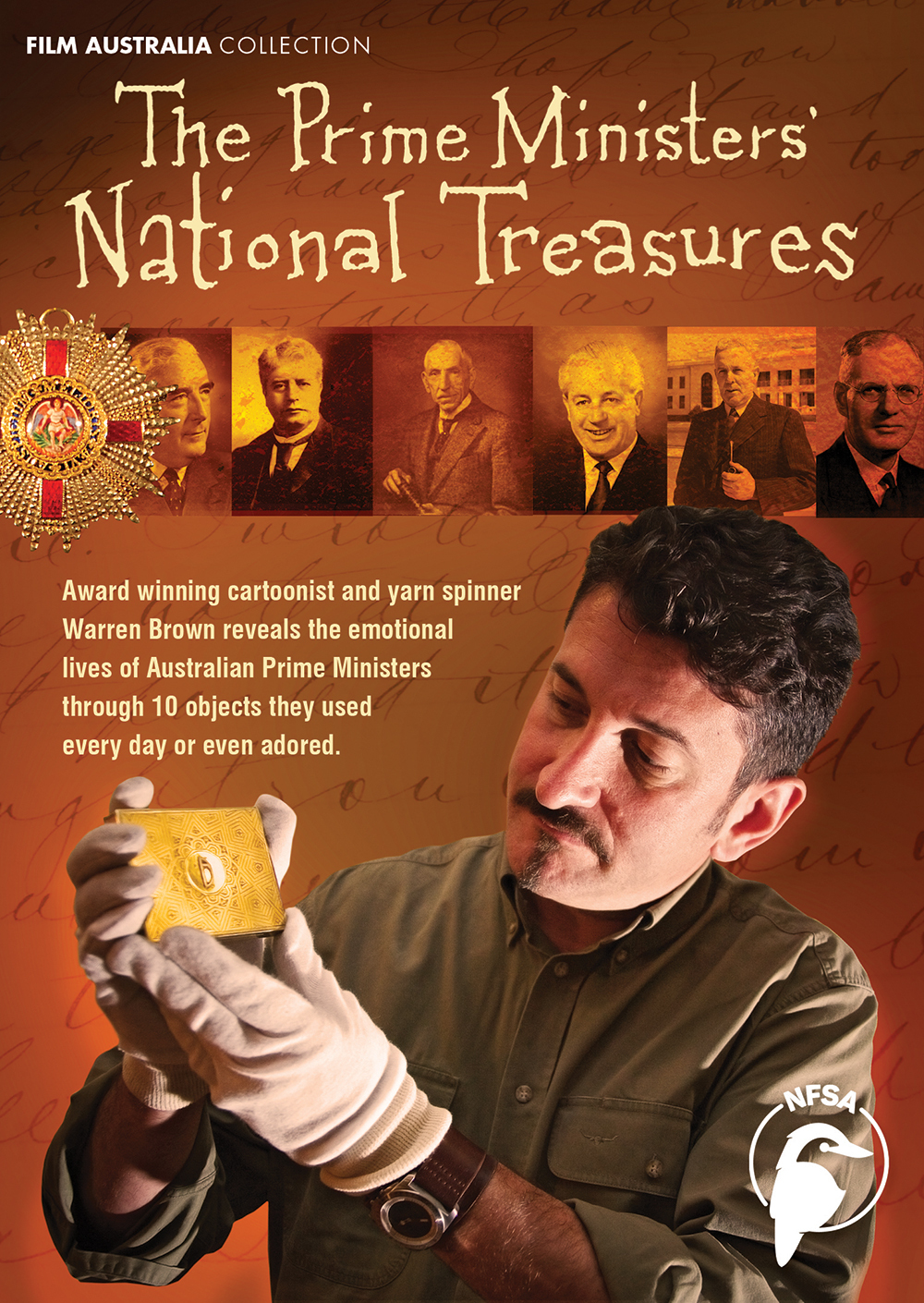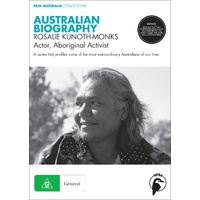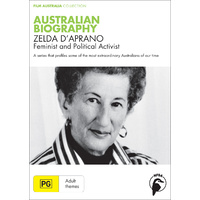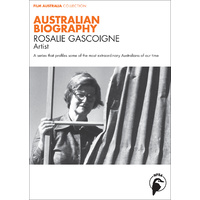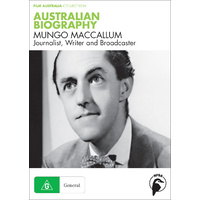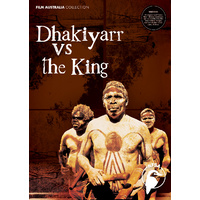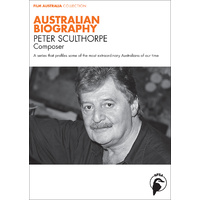2007, Total Running Time 50 Minutes (10 x 5 Minutes)
Award winning cartoonist and yarn spinner, Warren Brown, reveals the emotional lives of Australian Prime Ministers through 10 objects they used every day or even adored - from Robert Menzies' home movie camera, to Joseph Lyons' love letters, Harold Holt's briefcase and Ben Chifley's pipe.
EPISODES
Edmund Barton and the Velvet Soap Advertisement The Velvet Soap advertising campaign is a tongue-in-cheek reminder of Edmund Barton's hand in formulating the White Australia policy. Barton also helped draft the Federal Constitution, created the High Court, and presided over the formulation of federal industrial relations and the legal system. Without him the wayward states may never have federated.
Andrew Fisher’s Lunch Box Andrew Fisher's tin lunch box reminds us that humble beginnings informed his formidable political career: leaving school at 10, he was a coalminer throughout his teens, and migrated to Australia at 22. He rose quickly from union organiser to three-time Prime Minister, inventing the Australian ideal of a "fair go" along the way. Among a host of policies designed for the common good, he advocated maternity allowances and greater political equality for women.
William Hughes and the 1916 Conscription Badge The irascible William Hughes was a popular and dynamic politician despite a tendency to feud. He burned through 100 secretaries during his term in office, helped found the Labor Party, the Nationalist Party, and the United Australia Party and was ousted from all three. "The Little Digger" as he became known, campaigned twice for the deeply unpopular concept of national conscription in order to boost an Australian army decimated by some of the bloodiest offensives of World War One. He formed the Commonwealth Police Force after a dissenter socked him with an egg and the state police force did nothing.
Stanley Melbourne Bruce’s Cigarette Case Until the day he died, Stanley Melbourne Bruce kept two photographs in his study–one of his wife and one of Turkish President Mustafa Kemal Atatürk, the founder of the modern Turkish state. As young men they were enemies at Gallipoli, but during the post-war years of international reconstruction, they forged a mutual admiration as passionate advocates of secularism. After the League of Nations Montreux conference in 1936, Atatürk presented Bruce with a gold cigarette case, which he treasured for the rest of his life.
James Scullin and the GCMG When Labor won the 1929 election, at the height of the Depression, the new Prime Minister, James Scullin, refused to take up residence in The Lodge. Instead, he offered to rent it out to defray the costs of the Prime Ministership - an act which would be unthinkable today. Scullin was determined, and even when his mission to appoint an Australian-born Governor General met with furious opposition and public disapproval, he insisted on appointing one - Sir Isaac Isaacs. King George V was not amused, but the precedent had been set and Isaacs was anointed to the Order of St Michael and St George as Knight Grand Cross (GCMG) and presented the insignia chain.
Joseph Lyon’s Love Letters The Depression had finally ended when Joseph Lyons came to power. Lyons and his adored wife and confidante, Enid, presented a genuine picture of domestic harmony and security to the Australian public despite the many separations they endured as he commuted from the family home in Tasmania to the Australian capital. Politics rarely produces impassioned romantics, which is just what makes the hundreds of letters Joseph Lyons wrote to Enid as fascinating as they are unexpected. He died in office and Enid went on to become the first female member of the Federal House of Representatives.
Robert Menzies’ Camera Robert Menzies served his first term as Prime Minister during World War Two. In 1941 he travelled to England and witnessed the bombing of London first hand. He was shocked. He also believed Singapore would fall if the Japanese entered the war, which strained his relationship with Churchill. Menzies took his wind-up camera everywhere he went, and his very personal record of the visit includes strikingly informal footage of a young Princess Elizabeth.
John Curtin’s Australian Journalists’ Association Badge John Curtin started out as a copy-boy on The Age, working his way up the ladder via the union movement. He joined the Australian Journalists' Association (AJA) in 1917 and was elected Western Australian State President in 1920, before moving into politics. Twenty years later he reached the top, becoming Australia's fourteenth Prime Minister. His affinity with the press served him well during the arduous years of World War Two, when he kept newspaper editors onside with regular press briefings, even revealing dispatches from Churchill. He wore his AJA badge every day he was in office.
Ben Chifley’s Pipe Possibly our best loved Prime Minister, Ben Chifley was a former train driver with a voice like worn out boot leather. He was well aware that his image as the typical bloke next door - he was rarely seen without his tobacco pipe - helped to sell an ambitious raft of post war reconstruction projects to the Australian public. He was also a gifted treasurer, prone to personal and professional thrift, which allowed him to set the stage for Australia's economic boom in the 1950s.
Harold Holt’s Briefcase The disappearance of our seventeenth Prime Minister, Harold Holt, during a beach holiday sparked countless conspiracy theories and ultimately overshadowed his political accomplishments. At the height of the cold war, with the Vietnam War escalating, he had already started to dismantle the White Australia policy. The items left in Holt's briefcase are a significant time capsule of his last days as Prime Minister: a pair of socks, theatre tickets, his tax returns and a couple of combs. He is remembered today by The Harold Holt Memorial Baths in Melbourne and a plaque at Cheviot Beach where he took his last swim.
A Film Australia National Interest Program produced in association with Old Parliament House and the Australian Broadcasting Corporation. © 2011 National Film and Sound Archive of Australia.
(200701100)
Co-writer/Director: Matthew Thomason
Producer: Paul Rudd (Series Producer), Perry Stapleton (Producer)
Presenter/Narrator: Warren Brown
Year: 2007
Total Running Time: 50 Minutes (10 x 5 minutes)
Classification: Exempt from classification
Curriculum Links: Australian History; Civics; Cultural Studies; Politics; SOSE/HSIE; English and Media Studies.
SEE ALSO
Australia’s Heritage – National Treasures with Chris Taylor
Film Australia’s Australia: Beliefs, Values and Customs
| SKU | 200701100 |
| Brand | Film Australia |

